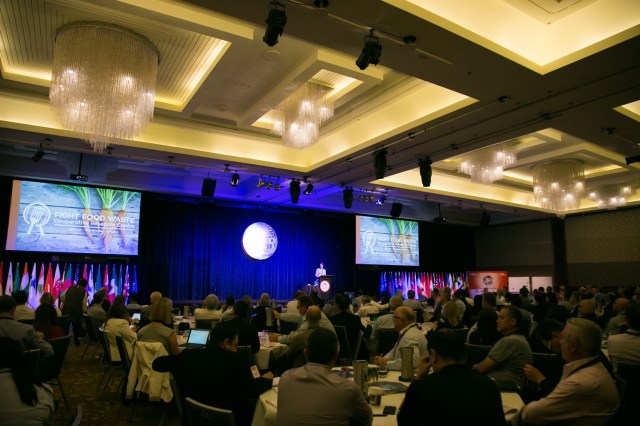
The Australian Institute of Packaging (AIP), in partnership with the Australian Food Cold Chain Council, has developed a new training course that will introduce the role of packaging in the cold chain.
To be held online on 15 September, all of industry are invited to attend.
The host of the online training course will be Prof Pierre Pienaar, education director of the AIP and president of the World Packaging Organisation (WPO).
The course objectives are as below:
• Understand the mechanisms and need for a suitable cold supply chain.
• Understand the design and implementation of a good workable cold supply chain system.
• Gain insights as to why cold supply chain is important and how best to rectify current shortfalls.
• Obtain an understanding of the part that packaging people play in the cold supply chain.
• Into the future you will need to have knowledge of the cold supply chain to make the right decision to avoid huge food loss and waste.
“We need to build a better reputation of managing fresh food supply and delivery, at all levels of the cold chain. Cold chain integrity is somewhat lacking and sadly excessive food losses are common. Improving the cold supply chain can assist halving food loss and waste by 2030,” AIP executive director Nerida Kelton said.
“Preliminary and conservative estimates put the cost of food loss and waste within the cold food chain at $3.8 billion at farm gate values.
“We need to gain an understanding of the extent and the costs of food loss and waste in the cold chain and set up systems for opportunities for improvement. Lack of understanding of the importance of temperature is one of the main reasons for food loss and waste across the cold chain.”
In addition, Kelton mentioned that the greatest risks for perishable food occurs during transportation and handling between mobile and stationary refrigeration points.
“There are sometimes significant temperature variations between truck or trailer, loading docks and storage facilities,” she said.
“As such, this course allows you to become familiar with the causes of food loss and waste in the cold chain to help improve Australia and New Zealand’s cold chain processes and standards. Those of us that are involved in packaging – primary, secondary and tertiary – need to work towards a universally adopted code to help all cold chain practitioners lift their compliance record.”
Click here to book your place.


